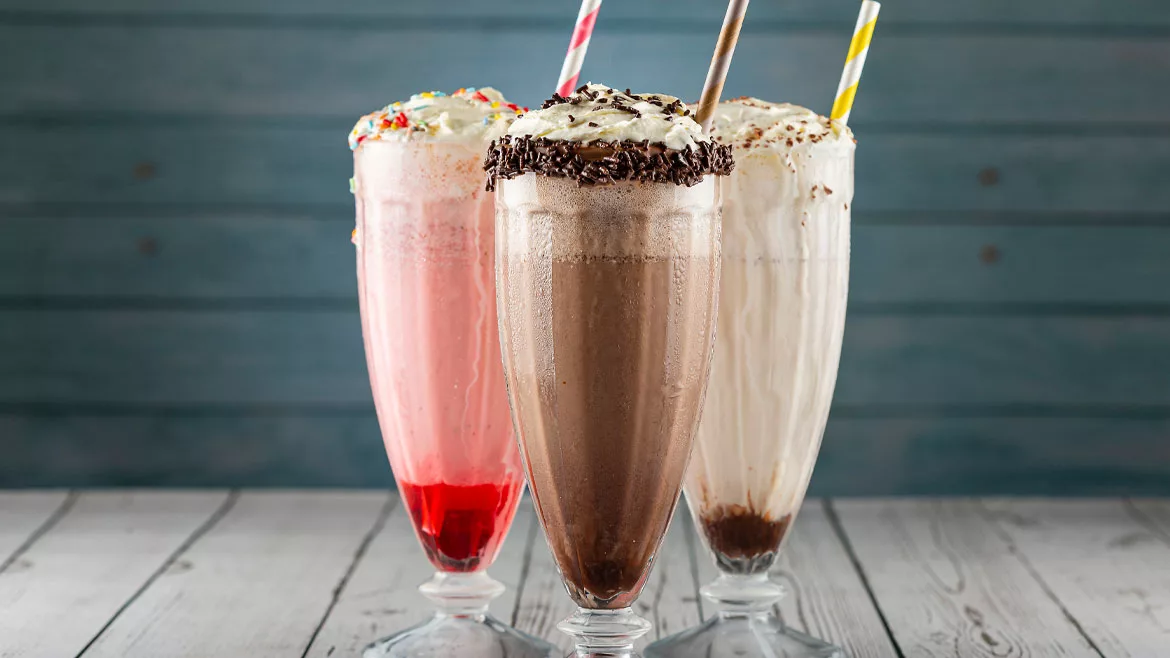The beverage package coding issue
Coding programs essential to adapt to changing beverage market
Consumer products historically have required some type of date/time identification for a number of reasons including production dates, production schedules, inventory controls, distribution planning and regulatory compliance.
For these reasons, and probably many more, it makes the coding of consumer products a continually important issue. That is why package coding of some type is necessary and should be given priority status because in most locales, in fact, it is the law.
Whether it is a law or not, some form of package identity should be required to inform the public of product age and usability.
Even though beverages generally are relatively fortunate in terms of shelf life, various package coding devices and methods have existed for at least 100 years. Perhaps a driving force has been the mandates set forth by governmental agencies to ensure that the public is aware of expiration dates pertaining to a wide array of perishable products.
For this reason, the package coding situation is real and always will exist. Because the coding issue is so important, it is an excellent course of action for beverage producers to consider creating some kind of coding program where package coding needs and metrics would be reviewed and evaluated, and identification nomenclature can be developed for proper practical application.
From an operations perspective, the beverage package coding issue presents new challenges to producers based on past practices/experiences, current systems/devices being used and possible future coding concepts and methods that will comply with changing rules, regulations and laws as they have in the past.
Throughout the years, many coding transitions have occurred and beverage people have been confronted with myriad devices and accessories with varying degrees of success under constantly changing operating conditions. Much can be learned from many of the applications and experiences that can be useful when planning for future package coding situations. With a view toward improvement, let’s discuss the why, what, who and how approach to cope with constant change.
Coding nomenclature is a prime concern, but what are the intents and purposes of the code, who should be able to understand and interpret the code, why need a code at all and how is the best way to create a code? Several steps are necessary to answer these questions.
First, the 10 digit bar code (the universal code) has been successfully used for many years in most industries for the primary purposes of package tracing and inventory control by those responsible for those duties throughout most supply chain cycles. The bar coding concept has become an important step in the product/package identity process. However, for the consumer, it has a limitation because the bar code does not visibly reveal the age of the product. All shoppers do not have scanners — yet.
The second coding step becomes more important because the purpose and intent are directed toward the issues of consumer acceptance, agency compliance and supply chain control. Second-step coding nomenclature is significant because it is visible and informative for all viewers throughout the entire cycle — from production to sales. For this reason, it is a key metric in creating a code for whatever application or method that might be used.
For example, items like date, time, location, shift, machine, line or operator can be put in the code created by a coding program.
As mentioned, purpose and intent are primary concerns of the second coding step. An approach to the code creation process can be a simple question-and-answer list where answers actually can provide the coding structure needed for operating conditions at any production facility where package coding is required. This approach uses package dissection — the code application point.
The starting point is to review each item of package make up: what’s involved? — the container (cans, bottles, board); the container closure (lids, crowns, caps), labels (paper, foil); the package (board, basket-wrap, plastic/shrink-handle); and the carrier (plastic-board case, trays).
Where does the code go — location on package placement. When is this done — online application. Who is responsible — quality assurance assumes task of updating and applying code. Why is code necessary — legible identity and compliance. How is it done — having a coding program is an excellent way to coordinate purpose and intent ideas, which results in a simple acceptable program.
The approach to coding issues might appear to be academic; however, observations, execution experiences and direct involvements with coding requirements in beer, carbonated soft drinks, spirits and wine makes the approach absolute. From sawing date code notches in labels for long neck brown beer bottles to debating the details of the bar code concept, the issues for coding beverage packages are basic and still exist. Regardless of mandates set forth by franchisors or agencies, coding fundamentals also are absolute and high-tech, today or tomorrow. BI
Looking for a reprint of this article?
From high-res PDFs to custom plaques, order your copy today!



